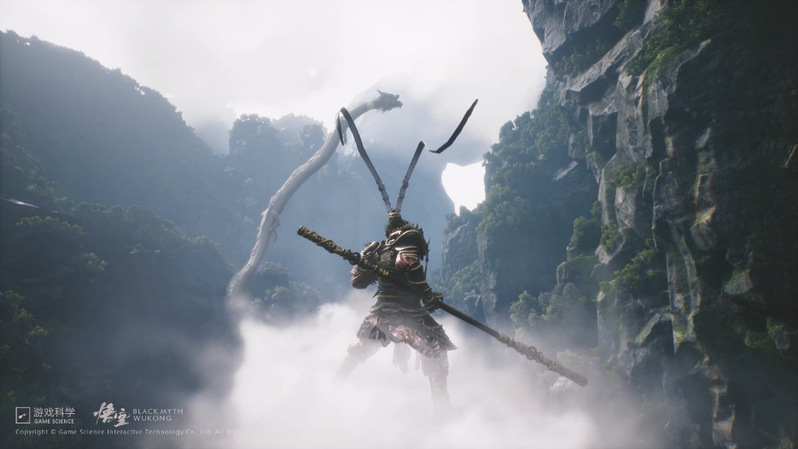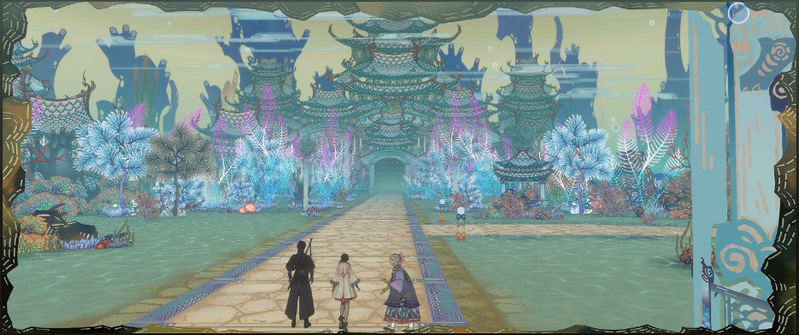
Gabriele Aroni
MArch (University of Florence), MSc (Oxford Brookes University), PhD (Ryerson and York Universities) is a lecturer at Ryerson and OCAD University in Toronto, Canada. His research is at the intersection of architecture, interactive media and semiotics. He published articles on Well Played, the Journal of Media Research, Annali di Architettura, and Southern Semiotics Review as well as a book on architectural history (Mimesis, Milan, 2016). He worked as an architect and designer in The Netherlands, England and Italy and is a member of research groups in Italy and China. He is currently working on his next book on the semiotics of architecture in digital games (Bloomsbury 2021).
Topic:The Belt and Road can Pass through Digital Games
Digital games are now a market larger than that of music or movies, with 2.3 billion estimated players. The largest digital games market in the world is China, with over 25% of the world share of players (Wijman 2018). With such a staggering number of players, it is not surprising that several Chinese communication conglomerates invested in development of digital games as well, such as Tencent and NetEase. What is surprising however is how little is heard and talked about these games in the West. The situation is bound to change, with companies such as Sony promoting games developed in China for their gaming console PlayStation with the China Hero Project, and especially the release on the Western markets of hit-game Genshin Impact by Shanghai developer miHoYo earlier this year. Genshin Impact has been met with commercial success and critical acclaim, and it is indicative of three aspects: the level of sophistication and maturity that Chinese game developers have achieved, the interest that Western players have towards games developed and set in China – more than half the revenue of Genshin Impact on mobile platforms originated outside China in the first week after launch (Tassi 2020) –, as well as how digital games are an excellent vector for cultural exchange and promotion.

Figure 1Liyue Harbor in Genshin Impact © miHoYo 2020.
At the same time, there are interesting choices to notice regarding Genshin Impact’s title. The original Chinese name of the game is actually 原神(Yuánshén), and it is under this name that the game can be found in China. Developer miHoYo decided to adapt the title to the various locations where it is distributed: it is known as 원신 (Wonsin) in Korea and 原神(Genshin) in Japan, which are all transliterations of the original原神 (Yuánshén). The versions for the English and other Western markets still retain the Japanese romaji title Genshin. This can be easily explained by the established presence of Japanese digital games in the West since the late 1970s – the very beginning of the digital game era –, albeit often with English or translated titles. It is not uncommon thus for Western players, and the public in general, to see and play Japanese games with Japanese characteristics and styles. The same cannot be said for Chinese games. Genshin Impact features in fact a distinct Japanese anime style in its aesthetics, while at the same time not shying away from Chinese features. Liyue, one of the locations that is possible to visit in the game, portrays a traditional old Chinese city and landscape. The music as well was performed by an orchestra composed of a mix of Western and traditional Chinese instruments. Part of the scenery is also inspired for instance by the mountainous landscape of Huangshan in Anhui and the travertine pools of the Huanglong Valley in Sichuan.
But Genshin Impact is not the only game that arouses interest in the West. Other titles with more traditional Chinese stories and themes are starting to make headlines in Western media. Black Myth Wukong is a game developed by independent studio Game Science located in Hangzhou and inspired by the classic Chinese novel Journey to the West. Black Myth took the world by storm with a technically impressive video that quickly went viral on the internet. Game producer Feng Ji affirmed that he wanted to include the name of protagonist Sun Wukong in the title in order to re-establish the original Chinese origin of the myth, mostly known in the West through the manga and anime interpretation of Dragon Ball, where he is named Son Goku (Young 2020).

Figure 2 Sun Wukong and his Jin Dou Yun in Black Myth Wukong © Game Science Interactive Technology 2020.
There is indeed interest for digital games that portray Chinese culture and traditions, as demonstrated by 古剑奇谭三 Gujian 3, a Wuxia game developed by Shanghai-basd Aurogon Info&Tech and released in 2018. Gujian 3 was originally released with Simplified and Traditional Chinese text and Mandarin voiceovers. The reception on online game store Steam was so successful that numerous players flooded the developer with requests for an English translation, that in fact arrived officially after one year and has since then collected more than a thousand positive players' reviews, and sold 1.3 million copies (Macgregor 2020). Gujian 3 features many references to Chinese history and nythology, both in its story and art. A whole game level is designed in 皮影戏 (piyingxi) style, with characters and themes taken from traditional Beijing opera.

Figure 3The piyingxi stylelevel in GuJian 3 © Aurogon Info & Tech 2018.
A similar situation can be observed with 神舞幻想 Faith of Danschant, where fans of the game are working on an English translation themselves. It is worth noting that these games received little to no media attention in the West. Gujian 3 has no critic reviews to be found on aggregator site Metacritic, whereas the only one displayed by OpenCritic is the one that the author of this article wrote for Italian website RPG Italia. It is thus evident that there is a genuine interest in the West in digital games from and set in China, and they can provide an excellent outlet to promote Chinese culture, as well as develop friendly relationships. Games and sports are always an excellent venue of communication etween cultures, and it is indeed very welcome to see a fostering interest in Chinese games, which with its millenary culture, traditions and art has much to contribute to the world of digital games.
References
Macgregor, Jody. 2020. “Chinese Rpg Gujian 3 Has Sold 1.3 Million Copies.” PC Gamer. July 11, 2020.
https://www.pcgamer.com/chinese-rpg-gujian-3-has-sold-13-million-copies/.
Tassi, Paul. 2020. “‘Genshin Impact’ Has Had An Astonishing First Week After Launch.” Forbes. October 7, 2020.
https://www.forbes.com/sites/paultassi/2020/10/07/genshin-impact-has-had-an-astonishing-first-week-after-launch/.
Wijman, Tom. 2018. “Mobile Revenues Account for More Than 50% of the Global Games Market as It Reaches $137.9 Billion in 2018.” Newzoo. April 30, 2018.
https://newzoo.com/insights/articles/global-games-market-reaches-137-9-billion-in-2018-mobile-games-take-half/.
Young, Charles. 2020. “Black Myth: Wukong - The World Exclusive Story Behind the Breakout Action-RPG.” IGN China. September 11, 2020.
https://ca.ign.com/articles/black-myth-wukong-making-of-behind-the-scenes-exclusive.
